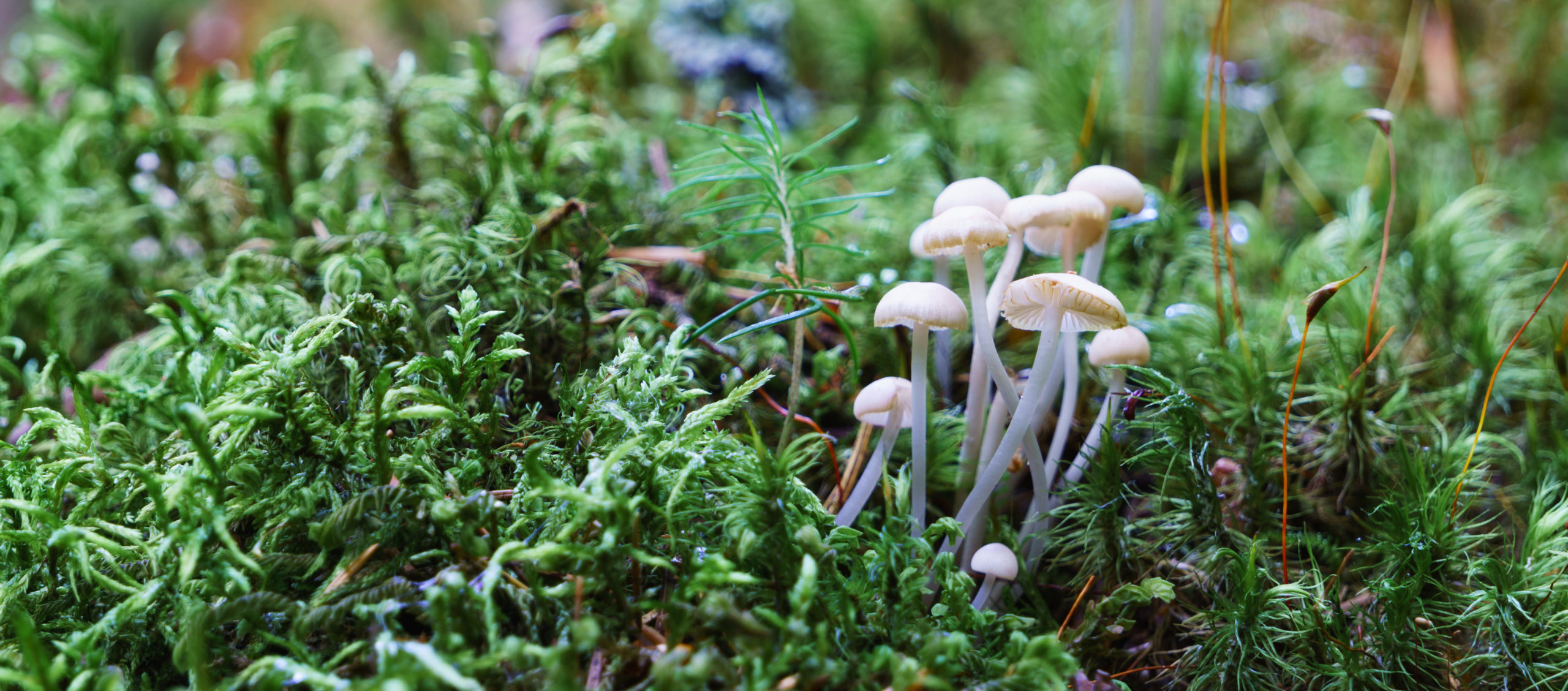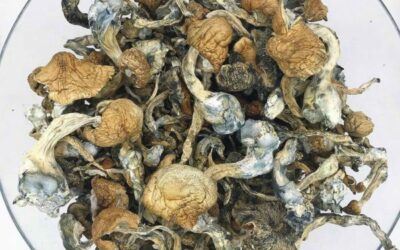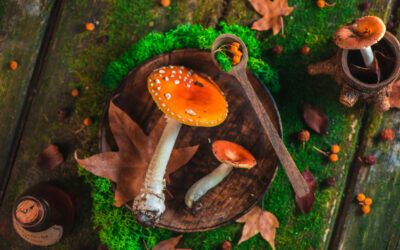The History of Psilocybin

Psilocybin is a natural compound produced by more than 200 species of fungi. It belongs to the class of psychedelic drugs that are known to cause hallucination. Such drugs trigger non-ordinary states of consciousness.
Members of the genus Psilocybe produce the most potent form of psilocybin. These include P. azurescens, P. semilanceata, P. cyanescens, etc. However, scientists could isolate the said compound from about twelve other genera.
Mode of action of psilocybin
Psilocybin is an inactive compound. When consumed, it quickly converts to its active form, psilocin. It causes hallucination and leads to an altered consciousness. The effects of psilocin are pretty similar to those of LSD (Lysergic acid diethylamide), mescaline, and DMT (N, N-Dimethyltryptamine).
Effects of psilocybin
The effects of intaking psilocybin may become adverse. Common effects include
- Euphoria
- Visual hallucinations
- Mental hallucinations
- Loss of sense of time
- Change of perception
- Perceived spiritual experiences
- Panic attacks
The effects of psilocybin are not only psychological. Some people may also feel nausea after its intake.
Psilocybin in the pre-historical era
Fungi have this fantastic ability to grow in even the most inhabited places. They have been there on Earth for the most prolonged period. The first specie of fungi is discovered to be as old as billion years.
The origin of mushrooms also dates back to the pre-historic era. A theory supports the idea that mushrooms were a part of human evolution.
The use of psilocybin by humans dates back to pre-historic times. Archaeologists found its imagery evidence in modern-day Spain and Algeria on rocks and murals. Spanish chronicles date the use back to the sixteenth century as well. Long before that, its use was also reported in Mesoamerica, where people consumed it in spiritual ceremonies.
Psilocybin in Central America
Central America is the first place that comes to mind when you think of the ancient use of psilocybin. There are pieces of evidence on the use of psilocybin to communicate to God. The evidence is mostly art and image-based.
Psilocybin is called Teonanácatl in the Nahuatl language, which means “Flesh of the Gods”. The Mayan and Aztec people spoke this language. There is also a mention of Teonanácatl in 16th-century writings.
Psilocybin in Ancient Siberia
The use of psychoactive mushrooms in Siberia is quite well documented. Many groups in the area report it. Even foreign settlers in that specific area confirm the use of psychoactive mushrooms.
The use is linked to the years-old tradition of sipping reindeer’s urine. It produced a high in drinkers and caused a hallucinating effect. It happened because the reindeers used to eat the Amanita Muscaria mushroom.
Psilocybin in Ancient Greece
There are shreds of evidence for ancient Greece’s psychedelic mushrooms for spiritual and religious purposes. In a celebratory event, everyone was welcome to drink kykeon. Kykeon got its hallucinating effects from psychedelic mushrooms. When people used to recover from the hallucinations, this phase was labelled to be life-affirming. ,
Ancient Greece’s ritualistic psychedelic use emerged with the transformative Eleusinian Psychedelic Rebirth Rites. Extending out of the Greek Dark Ages, the Eleusinian Mysteries were psychedelic rituals that were not just accepted by the ancient society –– but celebrated by it.
Psilocybin in the Middle East
Art remains from ancient Egypt indicate the use of mushrooms. Egyptians believed that God Osiris planted mushrooms. They called psychoactive mushrooms “food of the god” or “sons of the god”. Since they were considered holy, their use was limited to priests and other elite.
Psilocybin in the historical era
In 1859, a Swiss chemist named Albert Hofmann successfully isolated psilocybin from the mushroom Psilocybe Mexicana. His employe marketed the pure form of the compound to physicians. Many pharmaceutical companies then used it in psychedelic psychotherapy.
In the late 60s, the drug laws got pretty restricted. So, the use and research on psilocybin suffered a hiatus. But its popularity due to religious reasons was still there; it kept growing.
Psilocybin in The Future
It is tough to know the complete historical account of psilocybin. The evidence mentioned above strongly suggests the familiarity of previous civilizations with this compound. Its use in history was mainly for religious and spiritual purposes, but currently, it is being viewed as a golden egg-laying hen by the pharmaceutical industry.
Disclaimer: Psilocybin is recognized as a scheduled drug under drug laws in many states. Its possession is outlawed in many countries.



